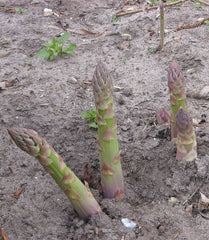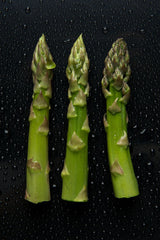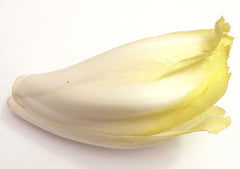Lupinus Angustifolius, Blue Lupin
Sometimes cultivated for its edible seeds, a good companion plant for most vegetables.
An easily grown plant, it succeeds in any moderately good soil. Requires a sunny position. Prefers a light acid soil but tolerates adverse conditions. Dislikes limey soils.
Pre-soak the seed for 24 hours in warm water and sow in mid spring in situ. You may need to protect the seed from mice. Germination should take place within 2 weeks. The seed can also be sown in situ as late as early summer as a green manure crop.
This species has a symbiotic relationship with certain soil bacteria, these bacteria form nodules on the roots and fix atmospheric nitrogen. Some of this nitrogen is utilized by the growing plant but some can also be used by other plants growing nearby. When removing plant remains at the end of the growing season, it is best to only remove the aerial parts of the plant, leaving the roots in the ground to decay and release their nitrogen.
Edible uses
Seed - cooked. Used as a protein-rich vegetable or savoury dish in any of the ways that cooked beans are used, they can also be roasted or ground into a powder. If the seed is bitter this is due to the presence of toxic alkaloids and the seed should be thoroughly leached before being cooked. The seeds of low-alkaloid varieties is used in making 'tempeh'. The seed is rich in protein, though it is deficient in the amino-acid methionine. The protein has a high digestibility (90%) and biological value(53%).


![Photo By Javier martin (Own work) [Public domain or Public domain], via Wikimedia Commons.](http://www.openpollinated.co.uk/cdn/shop/products/1_1848368c-407e-423a-b2d2-d85f56ea2552_thumb.jpeg?v=1510586924)




